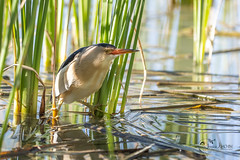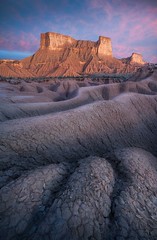These spiders make certain zig-zag pattern on web therefore also known as writer or signature spider.This spider weaves four zig zag stripes in its web, and holds its legs together in pairs. It holds its legs in pairs to disguise itself as a four legged creature; it does this to not appear to look like a spider.
These spiders have many names around the world, they are known as an Argiope, a Black and Yellow Garden Spider or a Writing Spider in North America. It is known as Wasp Spider in Germany and the rest of Europe and the St Andrews Cross spider in Austrailia. They know it as KOGANE-GUMO in Japan and east asia. There are 75 different species of this spider but they all look the same. Their colours vary in between their stripes but they all keep the black and yellow stripes, They distribute also Sri Lanka, Maldives,India, Pakistan.Their habitats are Moist Deciduous forests in the sunny parts.
They build their web only about a meter off the ground to catch the low flying insects such as bees and wasps that travel from flower to flower. Their web is almost invisiable, only for the zig zag strips on the web you wouldnt see it. These zig zag strips are known as the stabilmentum, they form these strips to warn bigger animals of its location, so they wont destroy it by walking through it.
When they have the web built, they line up their legs with the white strips of zig zaging silk. The centre of the web is hollow and this is where the spider sits. They group their legs together to appear as a four legged creature but also for another reason. When their legs are together, their hairs on their legs intertwine and act as a sun reflector along with the bright white X in its web. They do this because they know bright colours attract insects such as bees and wasps. Their legs reflect the sun and with their brightly coloured body they fool the insects into thinking they are flowers
Most of these spiders the male is much smaller than the female, Female: 8-12 mm;and Male: 3.5-4.5 mm.and after mating the female will kill the male. The male spins a web along side the females web known as a companion web, after mating the female will lay her eggs onto this companion web and wrap them up into a sac. Spiders are canabals and they eat each other to stay alive in the sac until they are strong enough to break through the sac walls.
Signature spiders are able to eat an insect twice its size, and this is all they eat.








